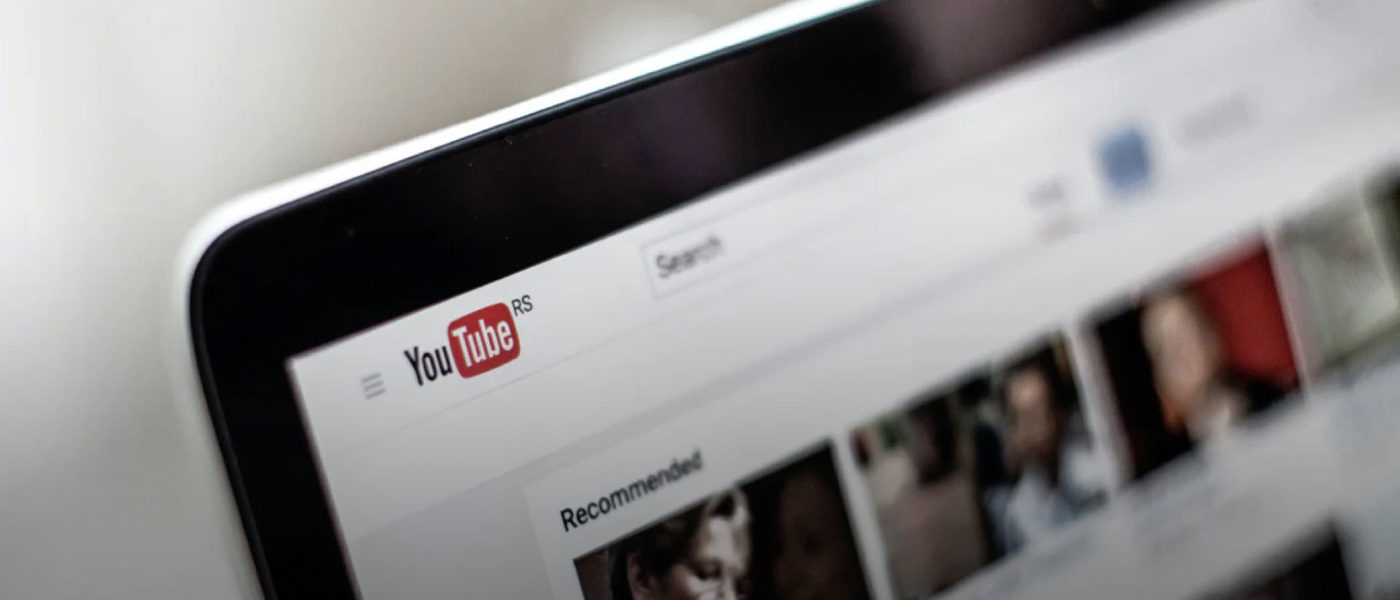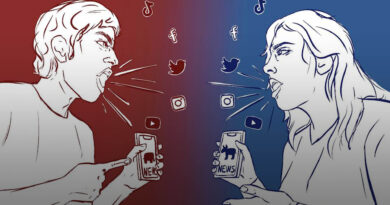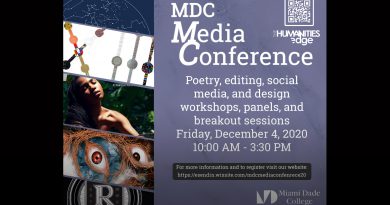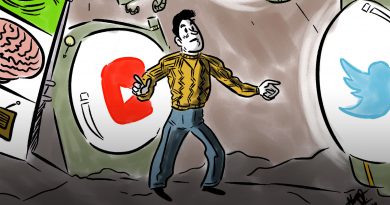The Downfall Of Mainstream Youtube
When content creators like Zoella and Jenna Marbles took the internet by storm, the 2010s felt like a golden period for the video streaming platform Youtube.
YouTube provided everyone a platform, allowing creators to make content that was unlike anything else on the internet. It was created to allow anyone to publish whatever they wanted.
Unboxing, shopping hauls and morning routine videos were all made possible by the platform.
YouTube has been one of Gen Z’s favorite diversions since the early 2010s, but many of the top creators have already shut down their channels.
The video streaming platform was founded on February 14, 2005, and some of its most popular, meme-inspiring videos, such as “Charlie Bit My Finger” and “Friday” were uploaded in the early years.
Rebecca Black, the creator of the song Friday, was one of the most Googled names in 2011 and she returned to music in 2021 with a remix of the song.
Even today’s most popular artists, such as Shawn Mendes, Alessia Cara and Justin Bieber, got their start on YouTube.
Although YouTube used to support popular creators, it appears that the platform has abandoned them.
In 2011, YouTube’s initial, creator-centric motto “Broadcast yourself” was removed from the website and the site began to shift in a different, less creator-centric direction.
Many popular YouTubers like Joey Graceffa, Tyler Oakley and Alfie Deyes left the platform for various reasons.
They said the company’s general lack of communication left them feeling furious, forgotten and confused. When creators put in a lot of effort to make videos that don’t do well, the experience can be detrimental to their mental health.
The platform did not allow for breaks and instead expected consistency in upload schedules.
Furthermore, the content creators were not designed to engage with thousands of people every day, instead they were heavily affected by the huge volume of feedback they received.
In 2017, we saw Viners that had preexisting fanbases join Youtube soon after the app was shut down. Their content was problematic.
Logan Paul filmed some terrible footage in Japan’s Aokigahara forest. It showed the body of a man who had committed suicide.
Youtuber PewDiePie produced a reaction video with an anti-Semitic remark, as well as an influx of terrorist recruitment films.
It wasn’t until 2020 that YouTubers were held accountable for their inappropriate behavior.
Shane Dawson and Jeffree Star are two examples.
Another factor contributing to the decline in YouTube interest is TikTok.
Although TikTok was founded in 2016, it grew rapidly during the COVID-19 outbreak. The app, which has been downloaded 2.6 billion times and has 1 billion users worldwide as of September 2021, contains content that ranges in length from a few seconds to three minutes.
TikTok caters to Generation Z’s short attention span and penchant for short-form material.
Ultimately, YouTube isn’t dead, it’s simply switched gears.
Content watchers like material that either does not take hours to consume or truly makes them chuckle.
We’ll hunt for original and innovative stuff elsewhere if YouTube doesn’t produce it. We’re not on social media for daily vlogs anymore, we’re on it for fast humor.




